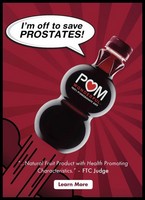Healthy Food America’s Policy and Research Briefs: Diet Drinks
Healthy Food America is a relatively new organization. Based in Seattle, it
Acts on science to drive change in policy and industry practice so that all people can live in places where nutritious food is easy to obtain and exposure to unhealthy products is limited.. We are coordinating with other advocates to energize a national movement to roll back added sugars in food and beverages to healthful levels.
It runs a blog, publishes a newsletter, and produces useful information. I was particularly interested in its information on diet drinks.
It’s Policy Brief discusses whether or not artificially sweetened beverages should be included in soda tax initiatives.
Sugary drink taxes were conceived of as a strategy to prevent chronic health conditions by reducing consumption of sugar. Recently, however, some jurisdictions have included artificially sweetened, or “diet”, beverages. There is strong scientific evidence associating sugary drinks with higher rates of chronic diseases such as type 2 diabetes, heart disease, high blood pressure, liver disease and dental disease. The evidence of harm from diet drinks is less certain. Therefore, we recommend not including diet drinks in beverage taxes.
Its Research Brief summarizes the evidence linking artificially sweetened beverages to disease risk.
This research brief summarizes:
1) reviews or meta-analyses of prospective cohort studies that analyzed the association between ASB consumption and disease risk,
2) randomized trials that studied the metabolic and health effects of ASB consumption, and
3) randomized trials that studied the effect of ASB consumption on weight loss.
Reviews and meta-analyses were restricted to those published in the last 5 years, to ensure that this brief reflected the latest science. All studies were obtained through PubMed searches.
It helps to have all this.




